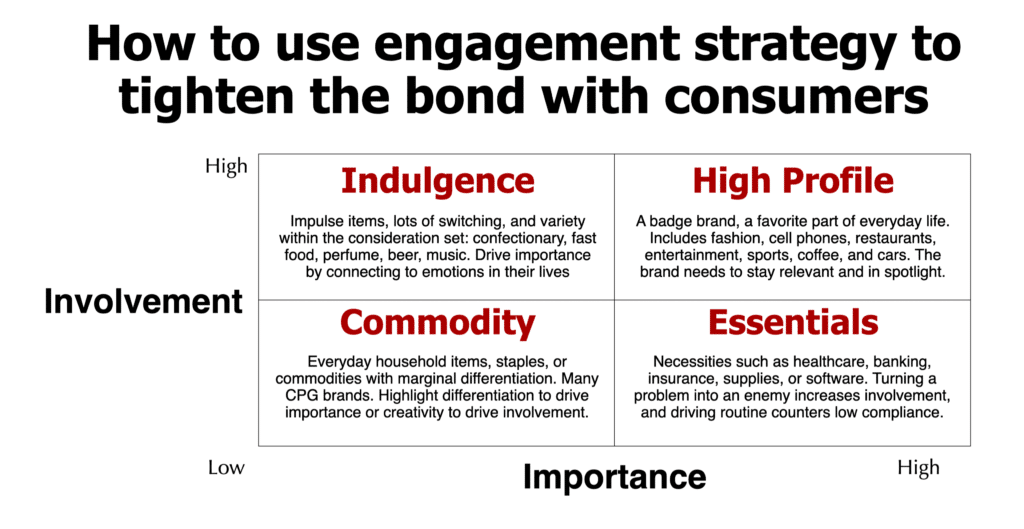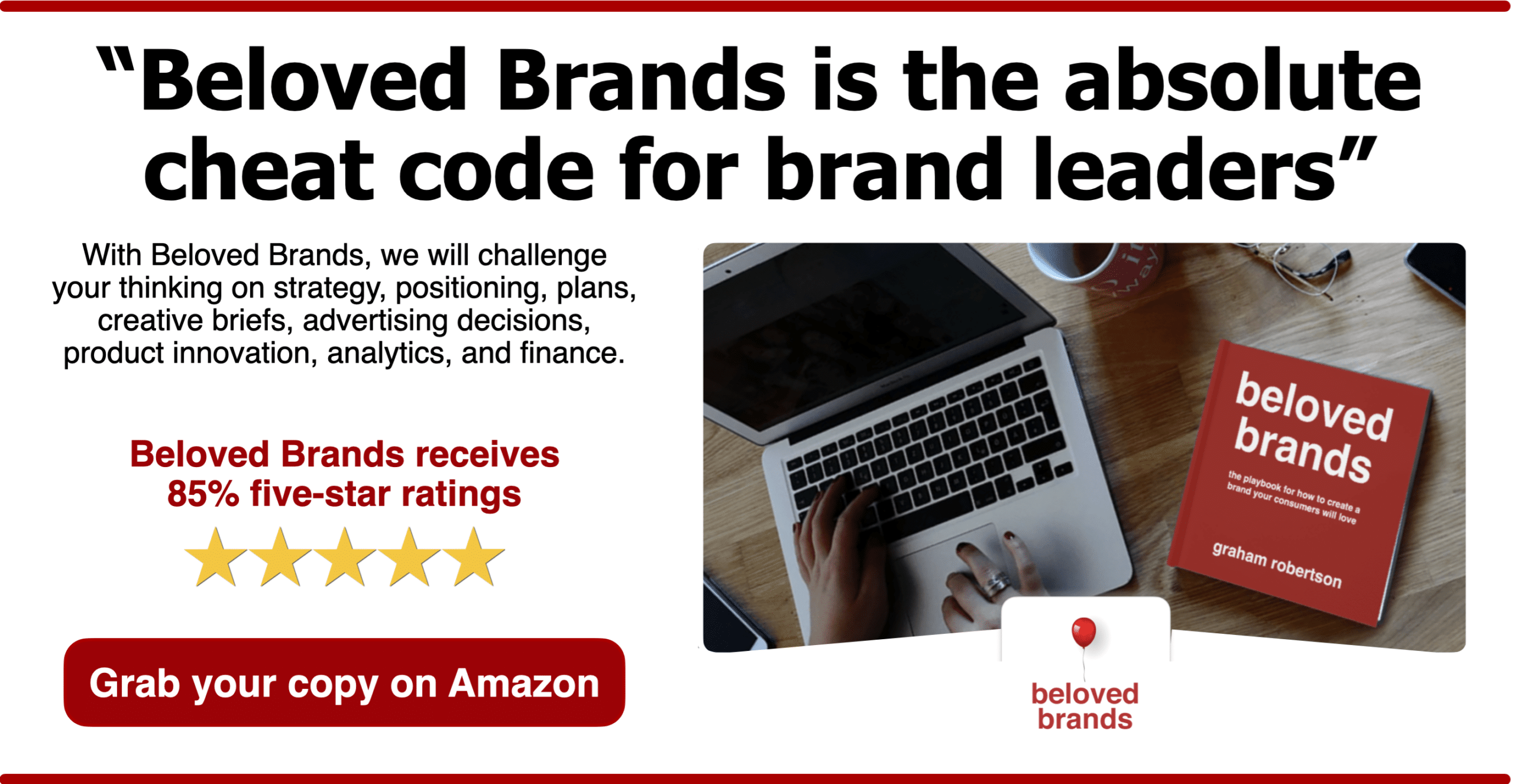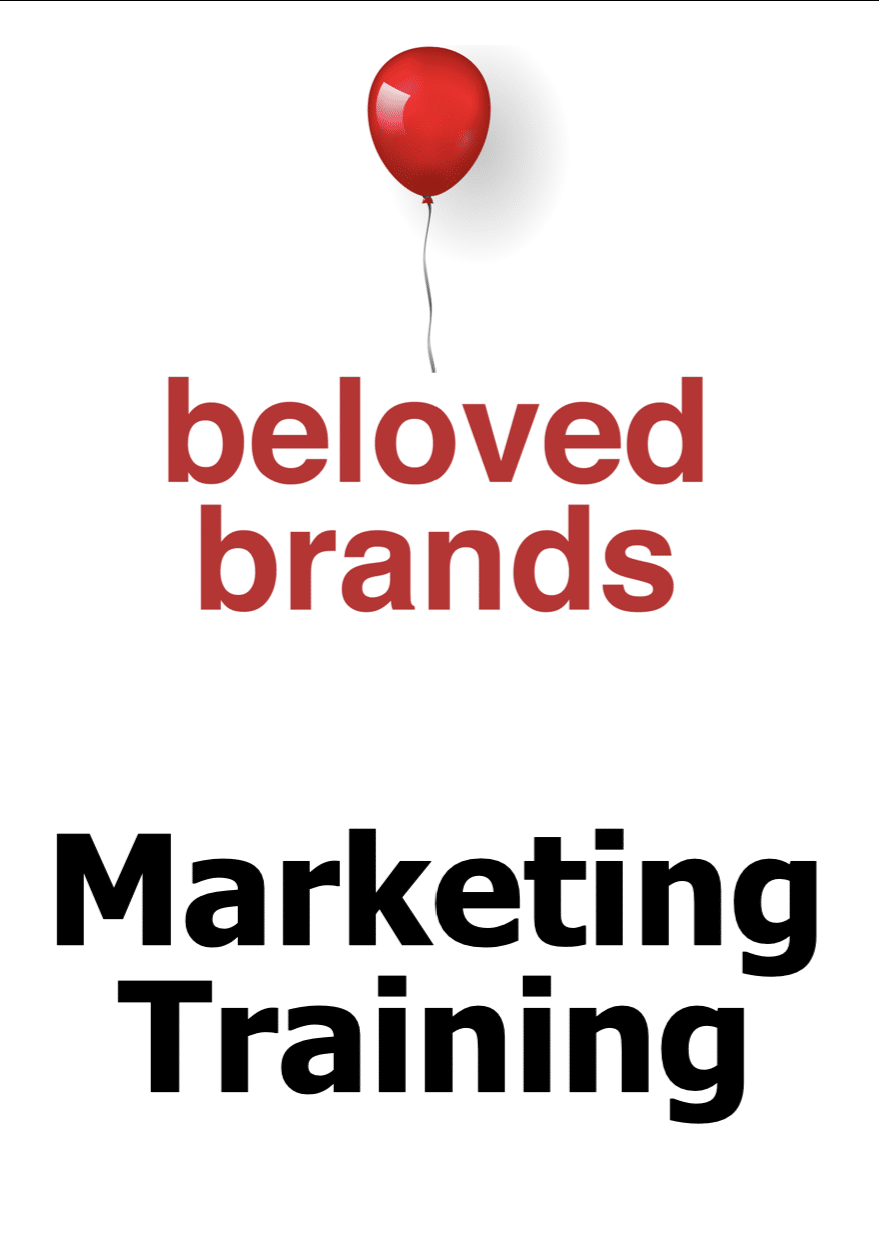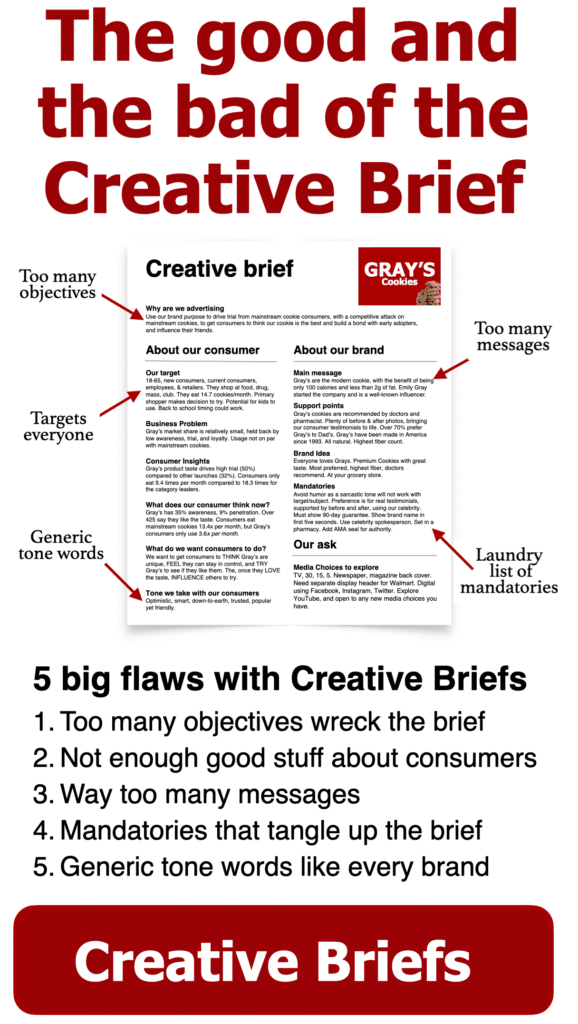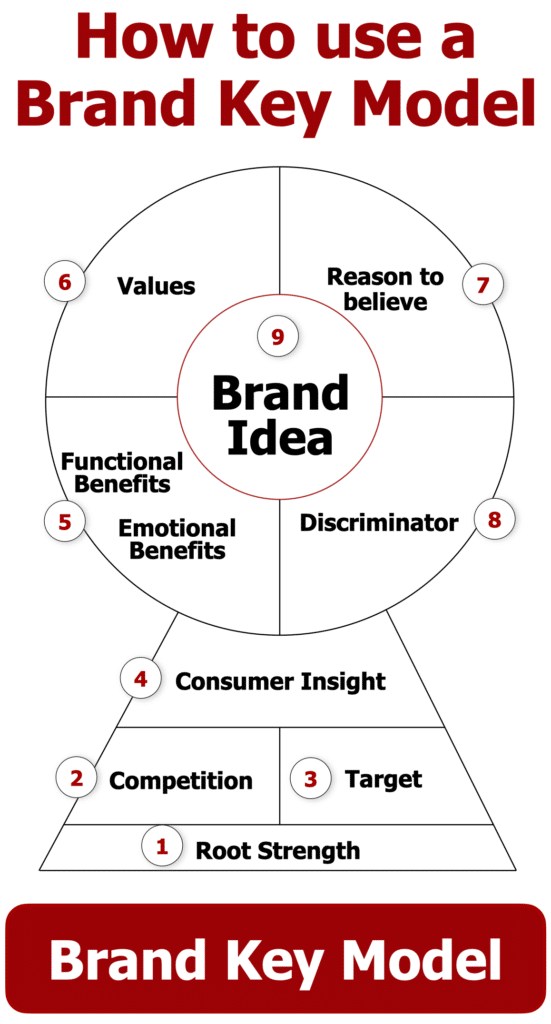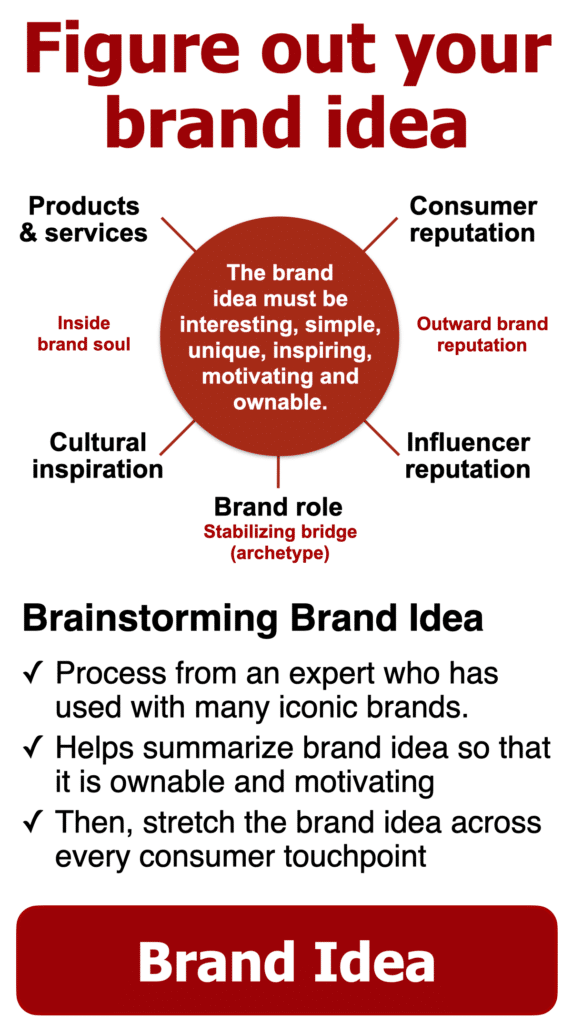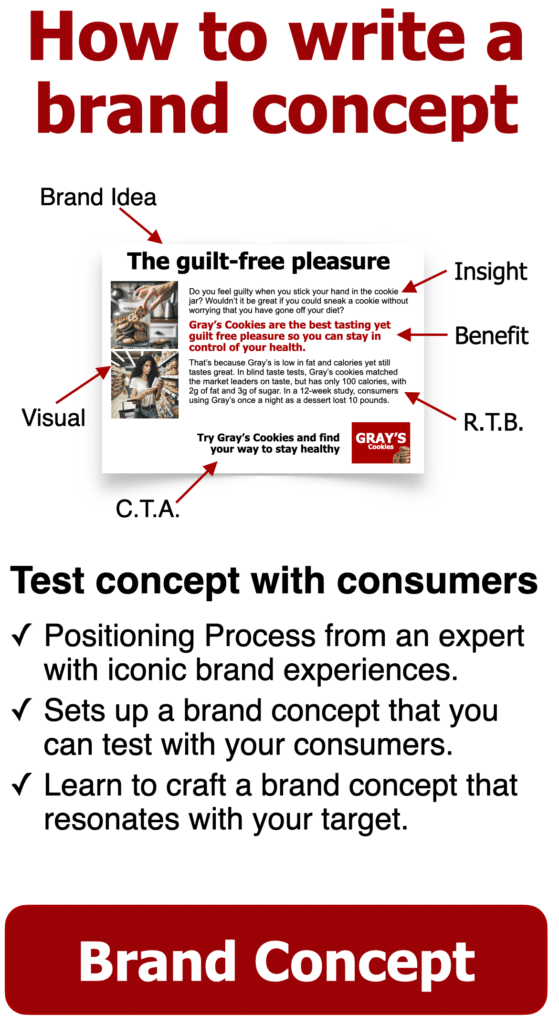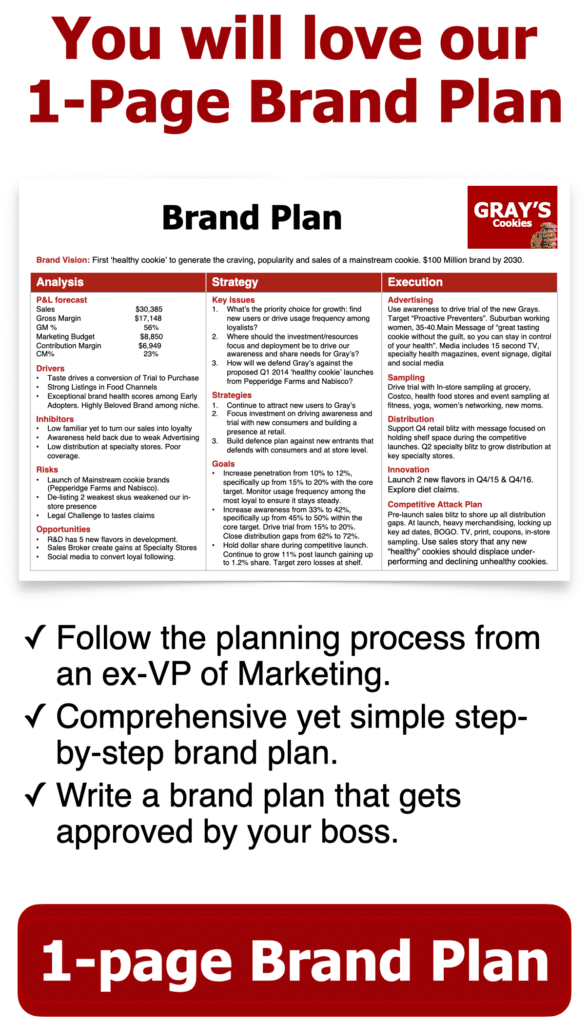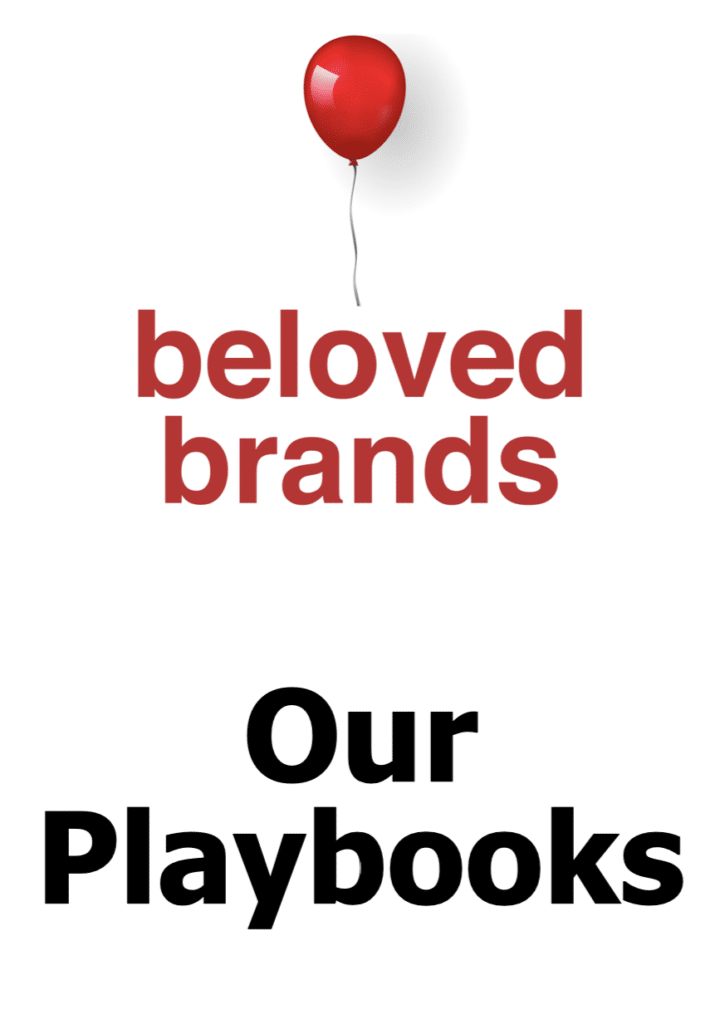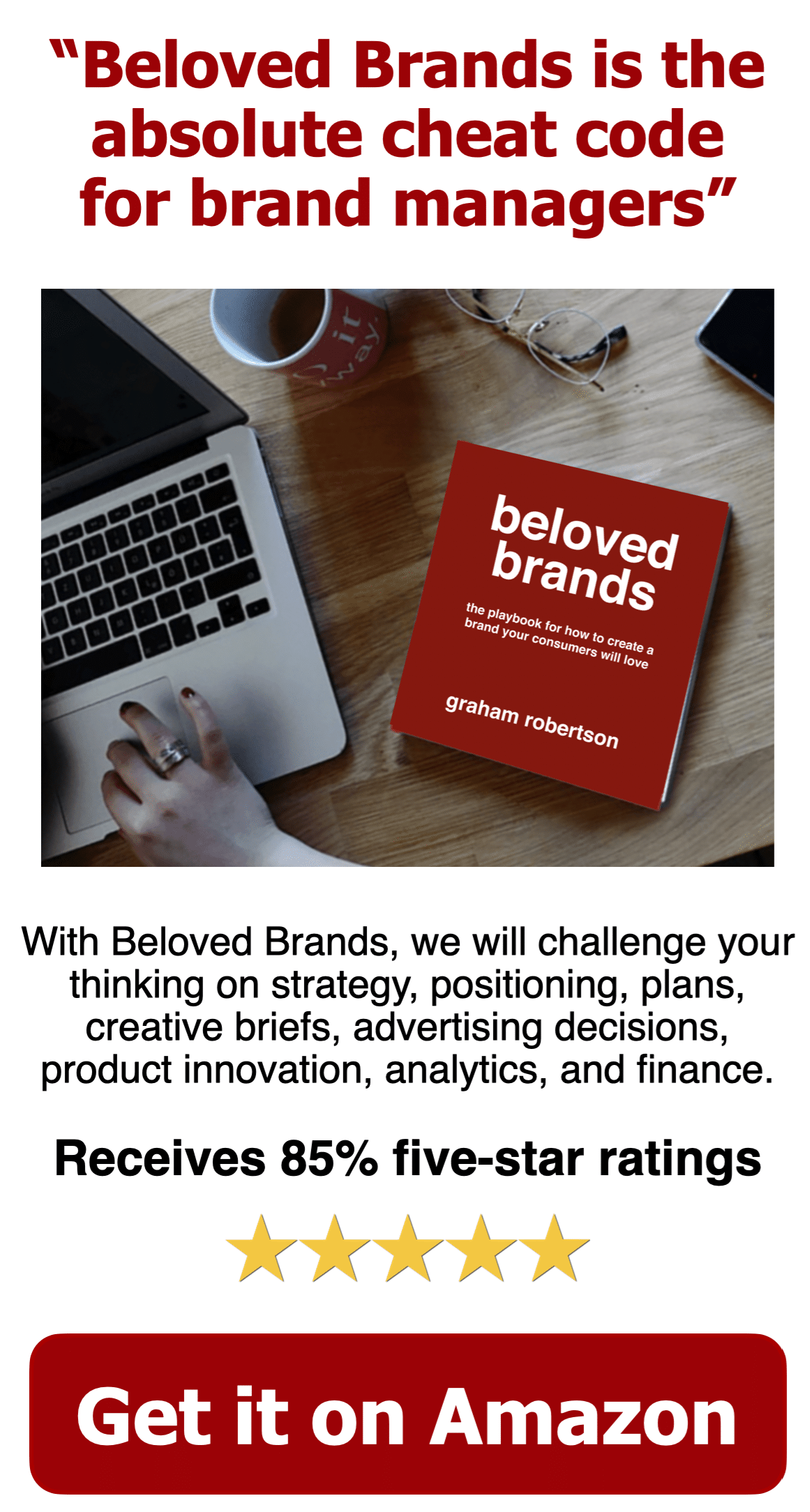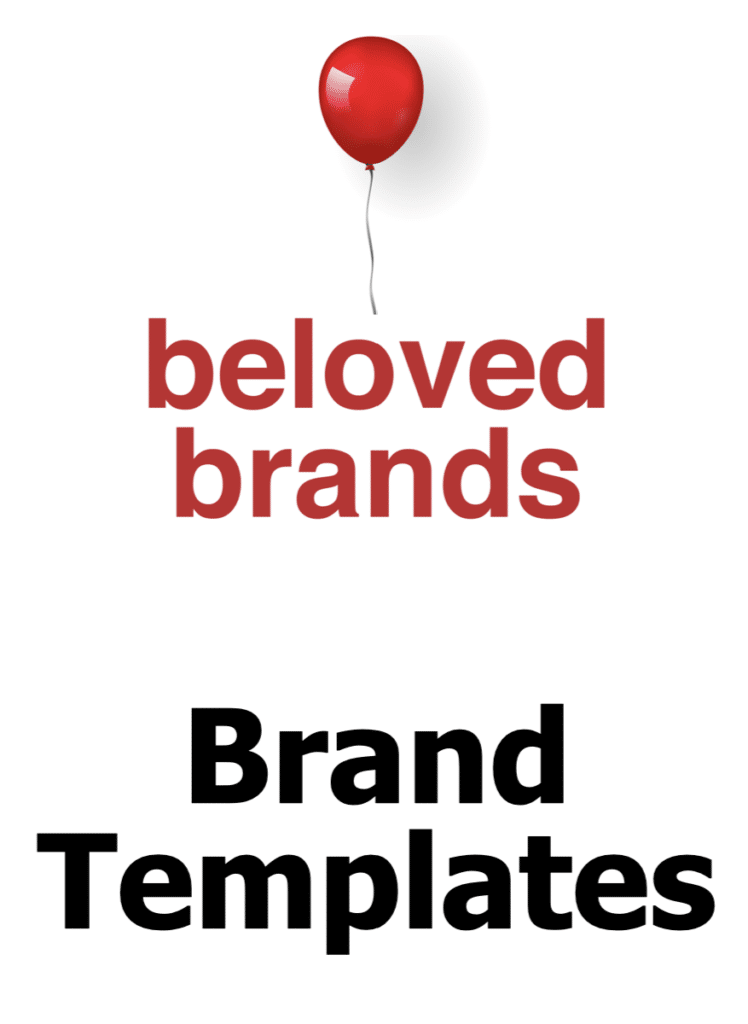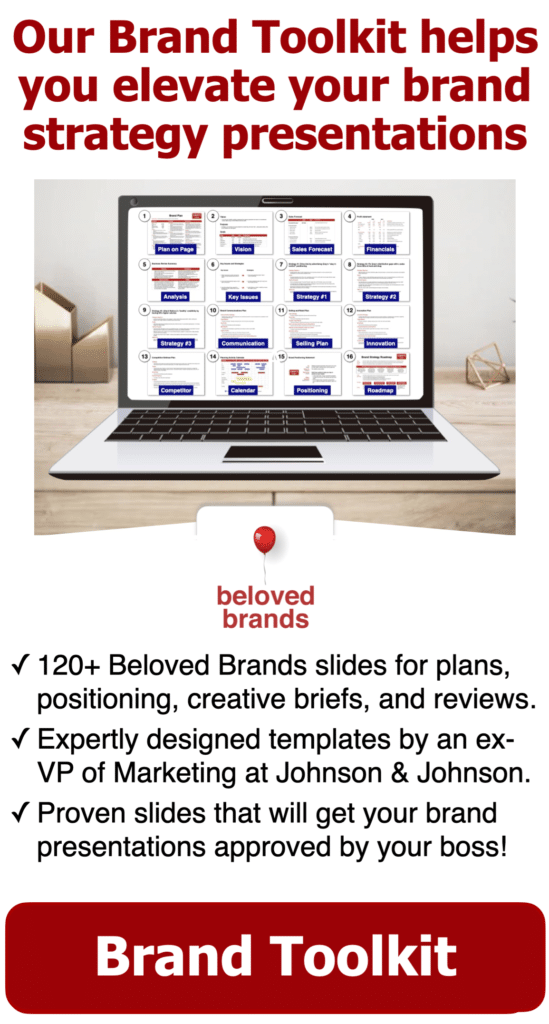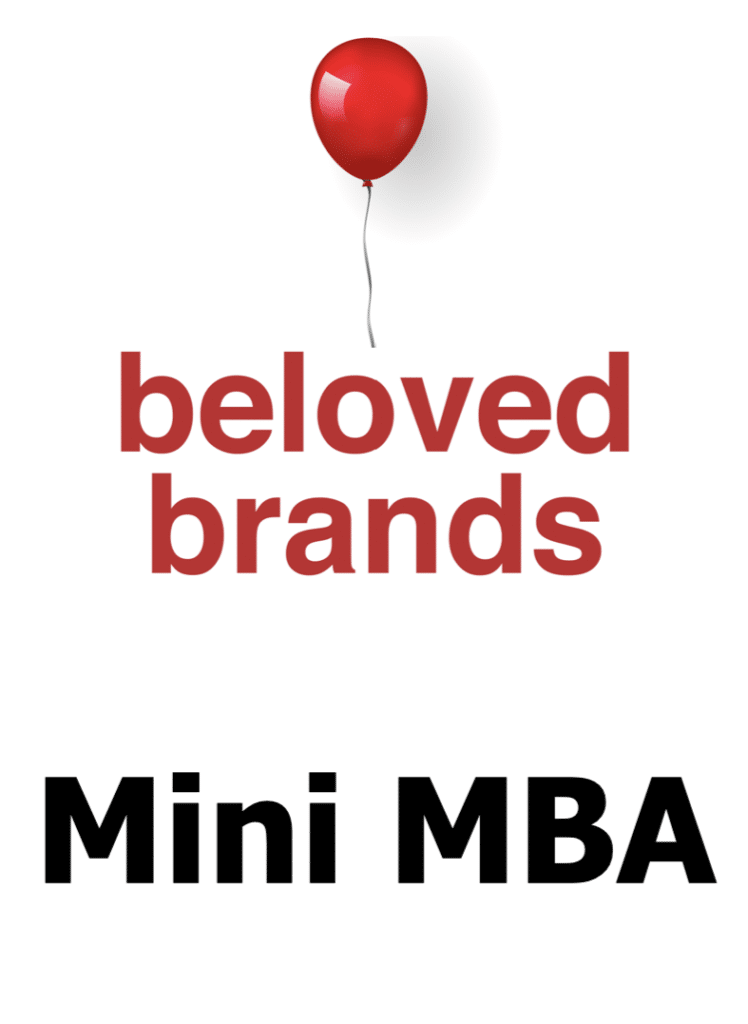The engagement strategy is a smart way for you to bridge your thinking as you move from brand plans towards marketing execution. How important is the purchase decision to consumers? Moreover, what is the level of involvement for your consumers in the purchase? To create a tighter bond with consumers, engagement strategy leaves you with two choices. Drive up the importance of the decision. Or, drive up the involvement of your consumers.
Engagement strategy
Engagement strategy looks at involvement vs importance
Looking at the grid above, we look at involvement and importance. This maps four types of brands: indulgence, high profile, commodities and essentials. And, try to understand where your brand naturally sits on the grid. This helps determine the challenge of where to move next. Your work must drive up consumer involvement. Or increase the importance for the purchase decision.
Commodities
Commodity type brands are relatively low in importance for consumers, and they have a low consumer involvement in the purchase decision. These are everyday consumer household items, day-to-day staples, or grocery items. The product differentiation is marginal. In my consumer packaged goods career, we used to joke that, “We make a mountain out of a mole hill.” We make small differences seem really important to consumers.
To illustrate, click to expand to see details on the model.
Use an engagement strategy to drive up involvement. This s harder for these brands than ever before. These low involvement brands thrived with TV ads, because the interruptive nature of TV enabled them to break through the clutter with their message. With today’s media options, there are less interruptive choices. The associative nature of today’s media options rewards high profile brands to gain attention. But, it is harder for the low involvement brands. It is harder for a laundry detergent to get people to visit their website or Facebook page than it was to air three TV ads an hour to drive home their brand message.
This puts even more pressure on the brands to build engaging stories. Essentially, the most successful brands have used consumer insights to connect. A compelling brand purpose can enhance their brand story. And, you can use emotional benefits to drive up the consumer involvement.
Also, you can use an engagement strategy to drive up the importance. These brands have to elevate the consumer problem to make it highly personal. Find the consumer’s pain points and turn it into an “enemy” that you can attack. For the solution, deploy experts to speak on the brand’s behalf. Or use social media to leverage loyal brand fans to influence their network on the brand’s behalf.
Dove
Just because the brand is naturally a commodity does not mean it has to get stuck there. For instance, the Dove brand is a classic case of a commodity brand that has driven up both importance and involvement. Dove has turned a simple bar of soap into a statement about real beauty. I love their stated vision that they “hope beauty can become a source of confidence instead of a source of anxiety.”
This emotional brand purpose drives up the importance of the cause, and the bond it has created with the brand drives up the involvement of the consumers who believes in that cause. For decades, Dove had to drive a functional product oriented message behind “ph-balance.” But the brand never found any magic until they launched the “Real Beauty” campaign.
Beloved Brands Marketing Training
To view, use the arrows to see our Beloved Brands Marketing Training program brochure.
It's time to elevate your marketing team's performance with our Beloved Brands Marketing Training program.
Our marketing training makes your marketers smarter with brand analytics, strategic thinking, brand positioning, brand plans, and marketing execution.
Essentials
Essentials are those brands that have high importance in the consumer’s life, such as healthcare, banking, insurance, supplies, or computer software. They are important enough that consumers cannot live without them, but they are rather boring categories where consumers give them very little thought. These brands struggle to capture and engage consumers.
To drive up consumer involvement, they need to move from product features to consumer benefits. These essential brands need to shift their brand communications away from talking about what the brand does and start to talk about what the consumer gets and how the brand makes the consumer feel.
Google has used highly emotional advertising with rich storylines that helps turn a potentially boring search engine into an emotional experience consumers cannot live without. With the “Paris” TV ad that aired during the Super Bowl, Google told a romantic story of a boy who went to study in Paris, met a girl, then got a job in Paris, got married, and had a baby. The entire story is told through searching with Google in each moment of the story.
Google tells another story out of India of two elderly friends, one a Hindu from India and the other a Muslim from Pakistan, who have lost contact since the partition of India in 1947. The ad shows how the grand daughter uses Google to plan a surprise reunion between the two gentlemen. She was able to find her grandfather’s friend, reach out to his grandson, book a flight and reunite the two. These brand stories are great way to show how involved Google is in the real lives of consumers.
To illustrate, click to expand to see details on the model.
Indulgence brands
Indulgence brands generate high involvement with consumers, but are considered relatively low in importance to the consumer’s life. The indulgence brands include confectionary, fast food, perfume, beer or coffee brands. And, these are impulse items with lots of brand switching. The best indulgence brands drive importance by connecting to the emotions of a particular moment of the consumer’s life, either to become part of the day or life stage. These brands have to maintain the high involvement levels to stay within the consumer’s consideration set. They use mass media, social presence, lifestyle marketing, and a “be where they are” media approach.
Disney
While Disney World is an indulgence brand for families, they do an amazing job in driving up their importance by creating memories for your child’s life. Events like the “Princess breakfast” are purely magical to children.
To illustrate, click to expand to see details on the model.
High profile brands
High profile brands are both high in consumer involvement and importance. These are typically badge products such as clothing, cell phones, computers, make up, sports teams, restaurants, or cars. These brands have to consistently nail the brand promise, the brand story, innovation, the purchase moment, and the experience. Any inconsistency in the delivery of the brand will cast doubt to the base of brand lovers.
Ferrari
If you want to see how engaged the Ferrari brand lovers are with the brand, go to any Formula One race and you will be in shock at the passion of Ferrari fans. The annual Ferrari Advertising budget is $0. They spend every marketing dollar on the Formula One race.


